|
|
|
There were thousands of newspapers in business throughout the country, and some of the smaller newspapers relied on the larger papers to get the story to its readers. Newspaper companies that had a large circulation could afford to employ artists to illustrate the battles and draw portraits of officers for the paper. One of the more famous battlefield artists was Alfred R. Waud, the man seated on the boulder in the photo above. This photograph of Mr. Waud at work was taken near Devil's Den at Gettysburg soon after the battle.
Alfred Waud was one of several correspondents and artists who traveled with the army and made true to life sketches to document battles and campaigns. Edwin Forbes, James E. Taylor, and Theodore Davis were some of the other artists. Each man was sponsored by a newspaper or news service, eager to supply the American public with the latest illustrated news from the front. Illustrating the War
Soldier Artists Charles Reed, who had served as a member of the 9th Massachusetts Battery, was also an illustrator. Reed drew for fun during the war, highlighting his experiences as a bugler with the battery, drawing the battles he was in, and sketching the places he had been. Reed was employed as an artist after the war and provided illustrations for one of the best books ever written about soldier life called Hardtack and Coffee, or the Unwritten Story of Army Life, written by John Billings and published in 1887. Reed's southern counterpart was Allen C. Redwood, who served in the 55th Virginia Infantry. Trained as an artist before the war broke out, Redwood sketched scenes of camp life that he sent home to illustrate his life as a soldier. A serious wound to his elbow at Gettysburg nearly cost him his artistic career, but he recovered. After the war, Redwood settled in Baltimore and then moved to New York where he drew and painted realistic portraits of Confederate soldier life based on his experiences in the 55th Virginia. Many of Redwood's paintings are on display in the Virginia Historical Society in Richmond. It's hard to imagine today, but in the 1860's, newspapers and book publishers used artists and their drawings to illustrate publications. Photography was still in its infancy at that time and the process to transfer photographs to newsprint had not yet been developed. These old sketches and illustrations are as much relics of the Civil War period as are the old bullets and rusting canteens of that era. Many of America's finest illustrators and artists worked for 19th Century newspapers before they became well known for their art. |
Kids Zone Exhibits
Battle of Gettysburg
Civil War Timeline
Confederate Flags
Civil War Cooking
Civil War Exhibits
Women in the War
Young Reader Books
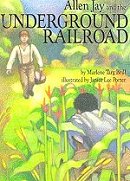 Allen Jay and the Underground Railroad Allen Jay and the Underground Railroad is the retelling of a man's recollections of his first experience helping an escaped slave. The book brings the underground railroad down to the level primary students can comprehend. This book makes for wonderful discussions regarding overcoming one's fears, going against the norm and doing what you believe to be morally correct. |
Kindle Available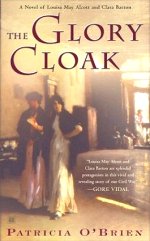 The Glory Cloak: A Novel of Louisa May Alcott and Clara Barton From childhood, Susan Gray and her cousin Louisa May Alcott have shared a safe, insular world of outdoor adventures and grand amateur theater -- a world that begins to evaporate with the outbreak of the Civil War. Frustrated with sewing uniforms and wrapping bandages, the two women journey to Washington, D.C.'s Union Hospital to volunteer as nurses. |
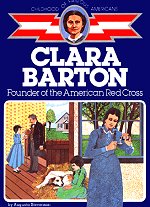 Clara Barton Founder of the American Red Cross Young Clara Barton is shy and lonely in her early days at boarding school. She is snubbed by the other girls because she doesn't know how to talk to them. But when she gets an opportunity to assist the local doctor, her shyness disappears, and Clara begins to discover her true calling as a nurse. |
Kindle Available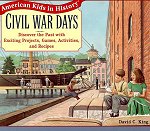 Civil War Days: Discover the Past with Exciting Projects, Games, Activities, and Recipes Dozens of projects and activities that will take you back to the days of the American Civil War Travel back to 1862 and spend a year with the Wheelers, an African American family in New York City, and the Parkhursts, a white family in Charleston, South Carolina, Eleven-year-old Emily Parkhurst and twelve-year-old Timothy Wheeler are eager to share the fun, adventure, and hard work of their daily lives. Along the way, they'll show you how to play the games they play and make the toys and crafts they make. |
Kindle Available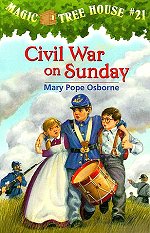 Civil War on Sunday Mary Pope Osborne's tremendously popular Magic Tree House series launches into a new realm, as Jack and Annie are challenged to save Camelot. Young readers will effortlessly learn the basics of Civil War history, while losing themselves in another gripping tale that has turned many a nonreader into a bookworm. (Ages 5 to 8) |
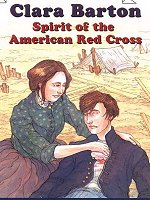 Clara Barton: Spirit of the American Red Cross Ready To Read - Level Three Clara Barton was very shy and sensitive, and not always sure of herself. But her fighting spirit and desire to help others drove her to become one of the world's most famous humanitarians. Learn all about the life of the woman who formed the American Red Cross. |
Kindle Available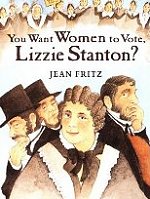 You Want Women to Vote, Lizzie Stanton? Grade 3-6. Fritz applies her gift for creating engaging, thorough historical literature to a larger-than-life historical figure. Stanton was a radical among radicals, and this objective depiction of her life and times, as well as her work for women's rights, makes readers feel invested in her struggle. An appealing, full-page black-and-white drawing illustrates each chapter. For students who need a biography, this title should fly off the shelves with a minimum of booktalking. And it is so lively that it is equally suitable for leisure reading.? |
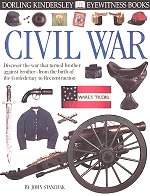 Eye Witness Civil War Eyewitness Civil War includes everything from the issues that divided the country, to the battles that shaped the conflict, to the birth of the reunited states. Rich, full-color photographs of rare documents, powerful weapons, and priceless artifacts plus stunning images of legendary commanders, unsung heroes, and memorable heroines |
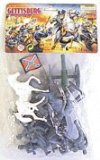 Gettysburg Playset 12 to 26 piece soldier play sets. Ages 6 and Up |
 Civil War Musket Wood & Steel Frontier Rifle Designed After The Original Rifle, This Civil War Musket replica has been designed after the original rifle of its era. Measures approximately 37 inches long. Each is constructed with a solid one-piece wood stock, painted steel barrel and die-cast parts. |
|
12 Inch Action Figures 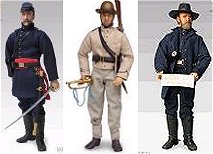 |
||||||
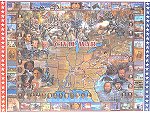 Civil War Historic 1000-piece Puzzle The famous faces and fearsome facts of the Civil War are captured in this 1,000-piece cardboard puzzle for Civil War buffs and serious puzzle fans. |
 Civil War Cannon Collectible Models and childrens playsets Miniature Collectible Civil War Cannon12 pound Civil War field cannon replica weapon collectible is a detailed 1/12th scale military caisson replica weapon collectible as used throughout the Civil War Childrens Cannon Set. Includes 6 gray cannon with black wheels that measure 4.5 inches long |
 Professor Noggin's Civil War Trivia Game
|
 Civil War Soldier 102 Piece Playset
|
||||||
 Civil War Nurse Barbie Part of the American Stories Collection. |
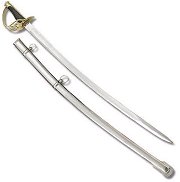 Cavalry Saber This fine replica is 39 inches overall and features a highly polished 33 inch carbon steel blade. Its leather wrapped handle fits the hand perfectly and sports decorative brass accents and a shiny brass pommel. |
 Civil War Model 1851 Naval Pistol Engraved Silver Tone / Gold Tone Finish and Wooden Grips - Replica of Revolver Used by Both USA / Union and CSA / Confederate Forces |
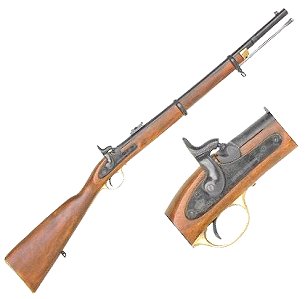 1860 Enfield Civil War Musketoon This piece is a full-size non-firing reproduction of the rifle used in the Civil War. The body is made of European hardwood |
National Park Service
Gettysburg National Military Park
97 Taneytown Road
Gettysburg, PA 17325